The Secret 23 Flavors That Make Dr Pepper So Addictive
Dr Pepper remains one of the most complex and addictive sodas on the shelf. It’s a mystery in a can. Since 1885, fans have obsessed over its secret formula of 23 flavors, but to no avail. While the company keeps the ingredients under wraps, these flavors are widely believed, speculated, or strongly suspected to make up the blend.
Amaretto
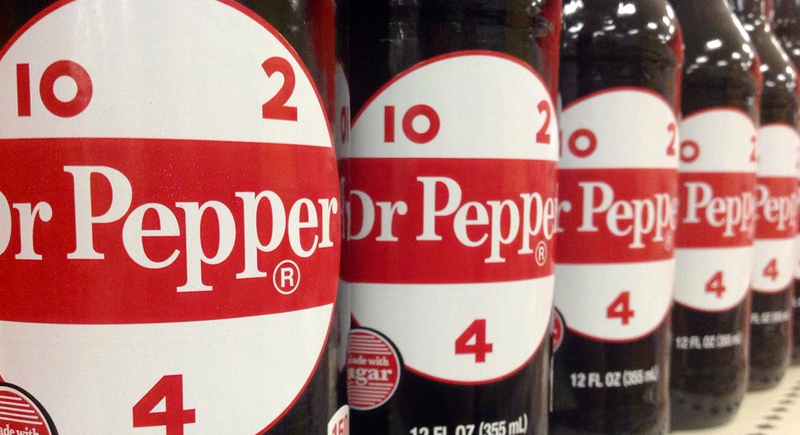
Credit: flickr
Many fans detect a subtle, liquor-like sweetness resembling amaretto due to the drink’s smooth, almond-tinged sweetness. Though never confirmed, this liqueur may help round out the drink’s sharpness and deepen its fruit tones.
Almond
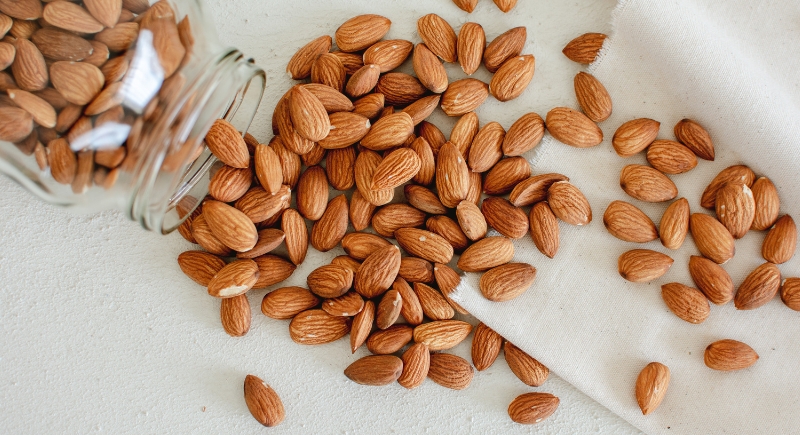
Credit: Canva
Where amaretto feels syrupy, almond brings a more restrained tone. Many think it adds structure and keeps the drink from getting too saccharine. It’s likely not dominant but might offer that dry, nutty undercurrent that balances out the rest of the cast.
Blackberry
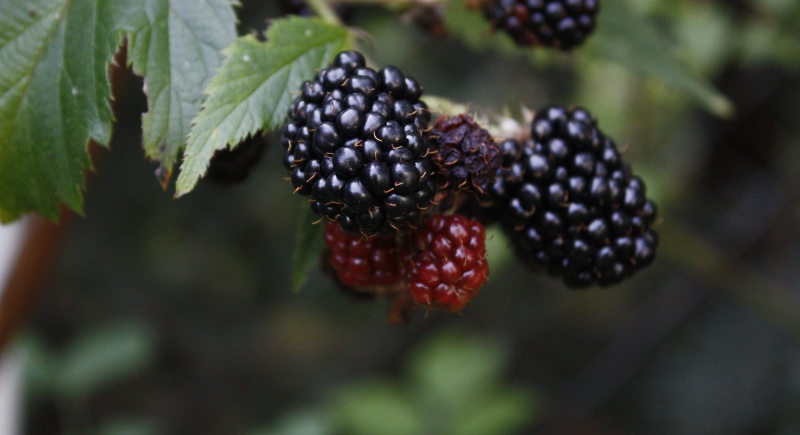
Credit: pixabay
There’s no official evidence that blackberry is included in Dr Pepper’s secret formula, but the idea has persisted among fans and some food analysts for decades. In taste tests, some describe a faint berry-like tartness that could resemble blackberry, though others argue it’s more in line with prune or plum, both of which were used in early soft drink recipes for natural sweetness and depth.
Black Licorice
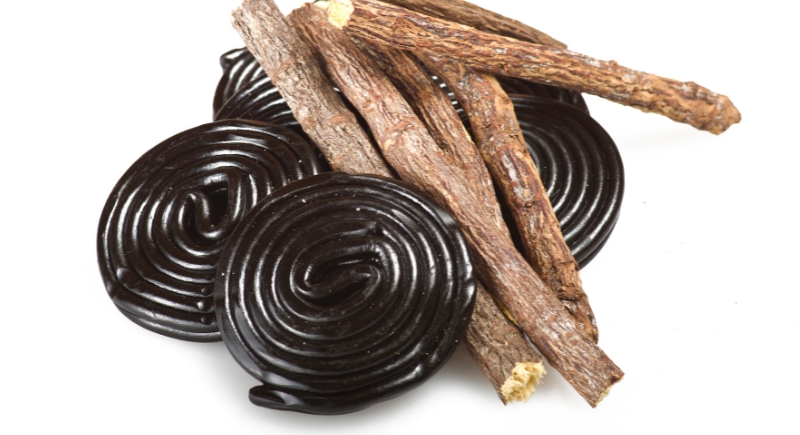
Credit: Getty Images
If you’ve ever noticed a herbal, slightly medicinal bite, this might be why. Black licorice is one of the more polarizing speculations, yet its sharp finish seems to align with Dr Pepper’s more unusual spice notes.
Carrot
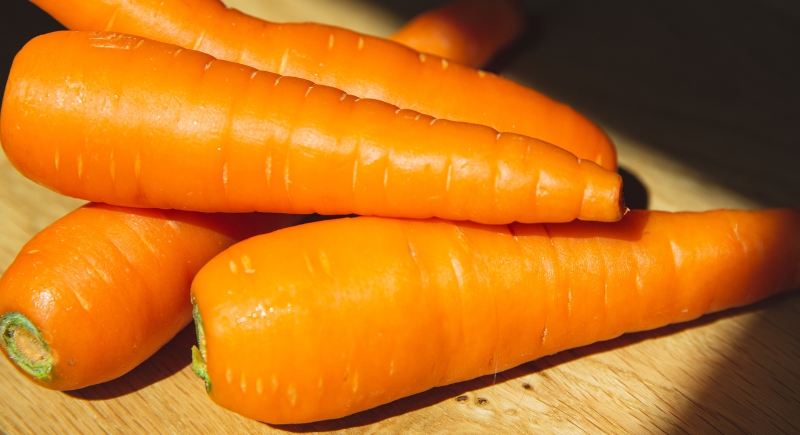
Credit: pexels
This one’s a stretch. Carrot is occasionally mentioned not for its taste, but its utility; carrots can be used as a source of natural sweetness or color in processed foods and beverages, especially in modern clean-label products.
Clove
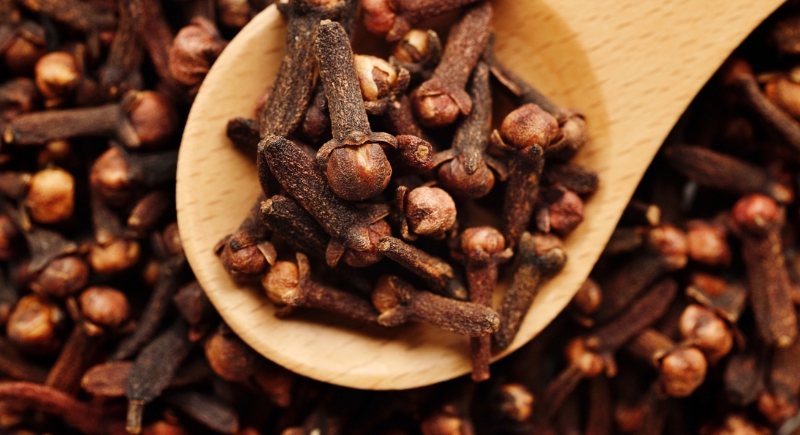
Credit: pexels
Clove is widely considered one of the most likely ingredients in Dr Pepper’s secret blend, according to food chemists, industry insiders, and even some vintage advertising materials. Clove oil and clove extracts have a warm, spicy-sweet note that matches the complex, almost holiday-like spiciness detected in Dr Pepper’s flavor profile.
Cherry
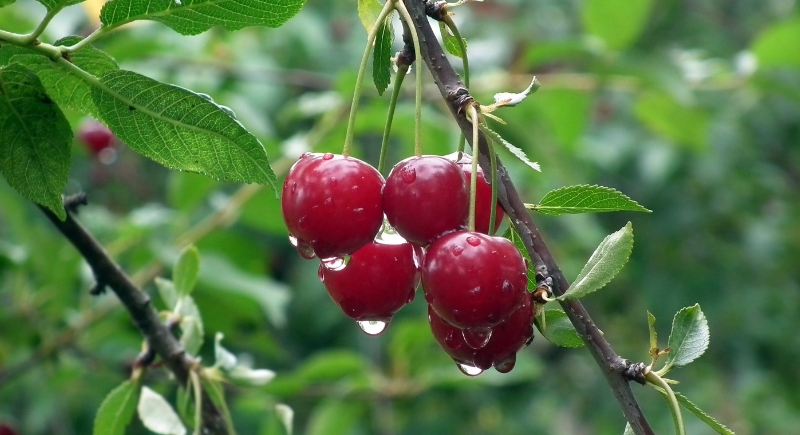
Credit: pixabay
Cherry is one of the most prominent and universally recognized flavors in Dr Pepper, easily detected by both casual drinkers and professional tasters. Unlike Cherry Coke or other explicitly cherry-flavored sodas, the cherry in Dr Pepper is blended with various different fruits and spices.
Caramel
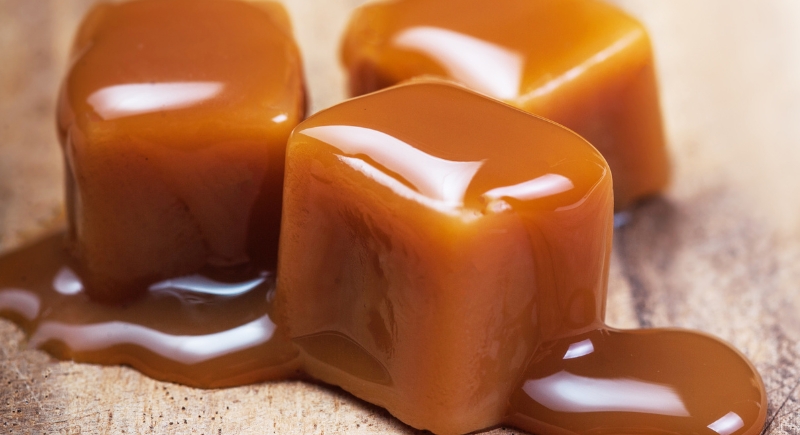
Credit: Natalia Zakharova
Although Dr Pepper’s complete formula remains secret, caramel color is openly listed on the ingredient label of every can and bottle, and most food chemists agree that caramel flavor (either from actual caramel or caramel flavoring) is almost certainly part of the overall taste profile. Its buttery, rounded notes help mellow any harshness from spices like clove or pepper.
Cola Without the Nut

Credit: Canva
Dr Pepper is often described as having “cola-like” qualities, but it does not contain kola nut, the traditional ingredient that gives classic colas (like Coca-Cola and Pepsi) their distinctive taste. Despite this, Dr Pepper shares several core flavoring agents with colas, such as citrus oils (typically from lemon, orange, or lime), cinnamon, and vanilla.
Ginger
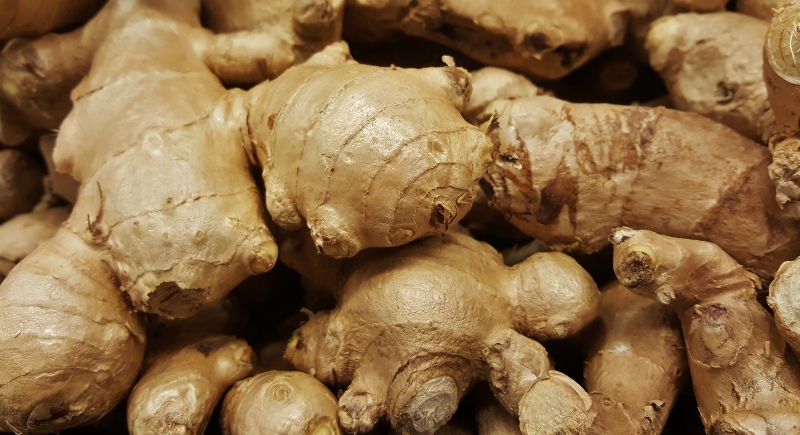
Credit: pixabay
In soft drink history, ginger has long been used in beverages like ginger ale and root beer to provide a refreshing, slightly spicy note. Fans and some food analysts also occasionally mention it as a possible flavor in Dr Pepper, mainly due to the soda’s subtle spicy “zing” and crisp aftertaste.
Juniper
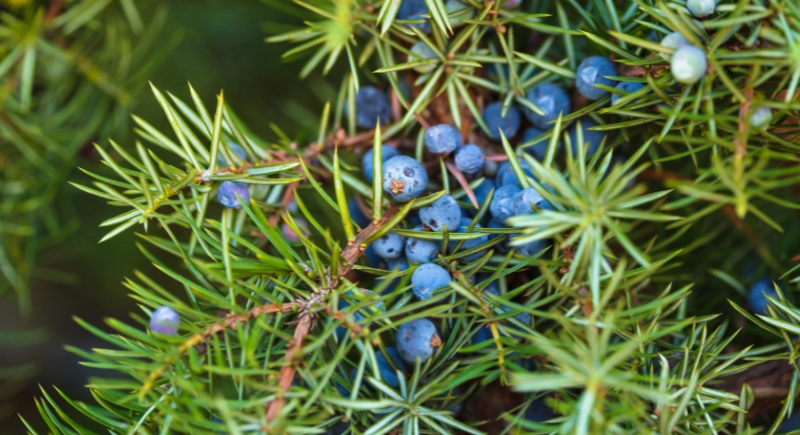
Credit: Canva
Juniper, often associated with gin, might account for the soda’s dry, pine-like aftertaste. It’s rarely listed officially, but its cooling, herbal finish could subtly balance out the heavier fruit and spice notes in the overall flavor mix.
Nutmeg
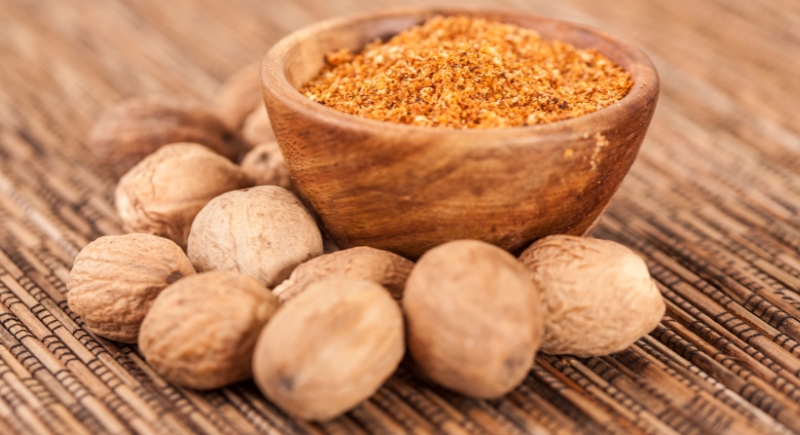
Credit: Getty Images
Nutmeg is often suggested by food historians and flavor analysts as one of the soda’s hidden layers, especially since it was a staple in the spice cabinets of 19th-century soda fountains. While Dr Pepper’s ingredient label won’t spell it out, nutmeg consistently appears in unofficial “23 flavors” lists and is a familiar building block in old-fashioned drinks for its gentle, nutty heat.
Orange
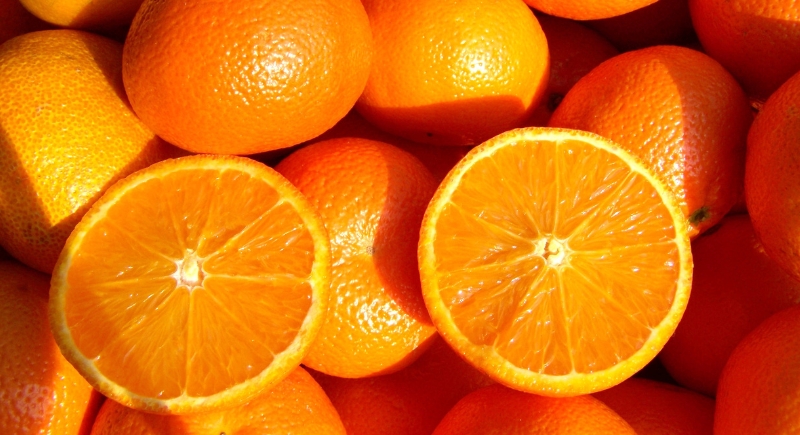
Credit: pixabay
Orange might not be obvious, but its presence could smooth the transitions between fruit and spice. It supports cherry and balances heavier flavors. If you’ve ever noticed a round, slightly juicy finish, orange might be why.
Pepper
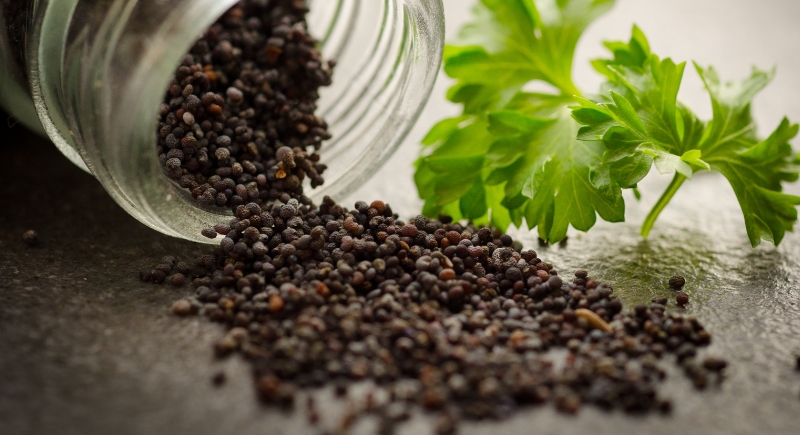
Credit: pexels
With a name like Dr Pepper, there had better be some pepper involved. It’s not hot, but that slow-building, lingering warmth might come from a peppery ingredient. Black pepper or something adjacent could be adding those final notes.
Root Beer
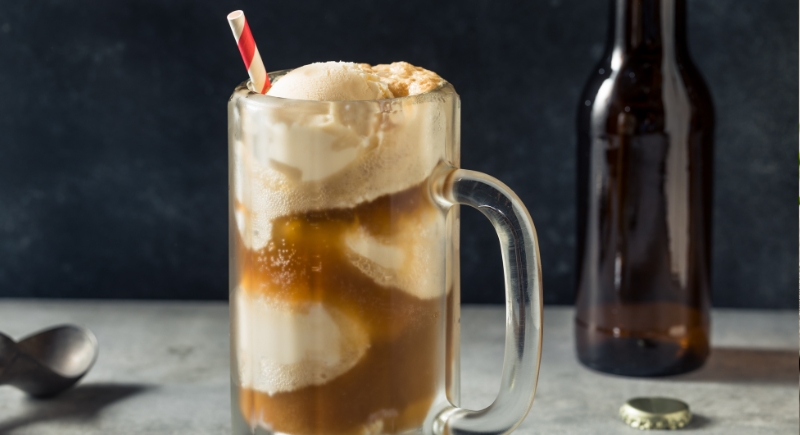
Credit: Getty Images
Dr Pepper isn’t root beer, but it shares traits, especially herbal notes like sassafras or wintergreen. That overlapping flavor space has led many to believe small amounts of root beer-style spices are part of the original blend.
Vanilla
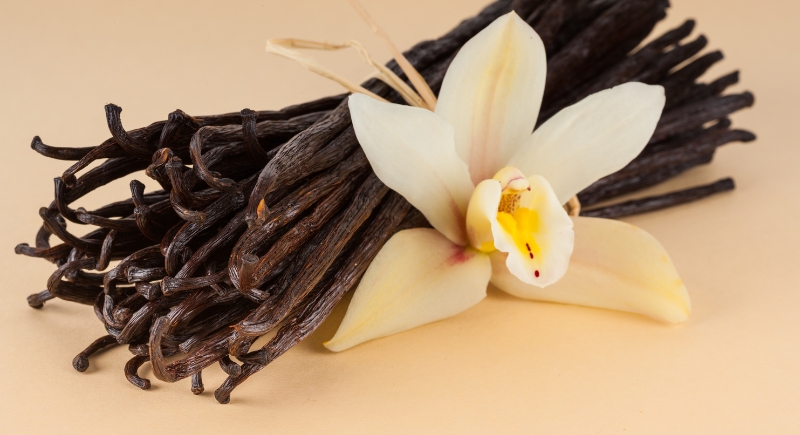
Credit: Getty Images
Vanilla smooths the blend and ties everything together. It’s commonly found in colas and root-style sodas and feels unmistakably present here. Most flavor analysts agree vanilla plays a key role in Dr Pepper’s soft, creamy undertone.